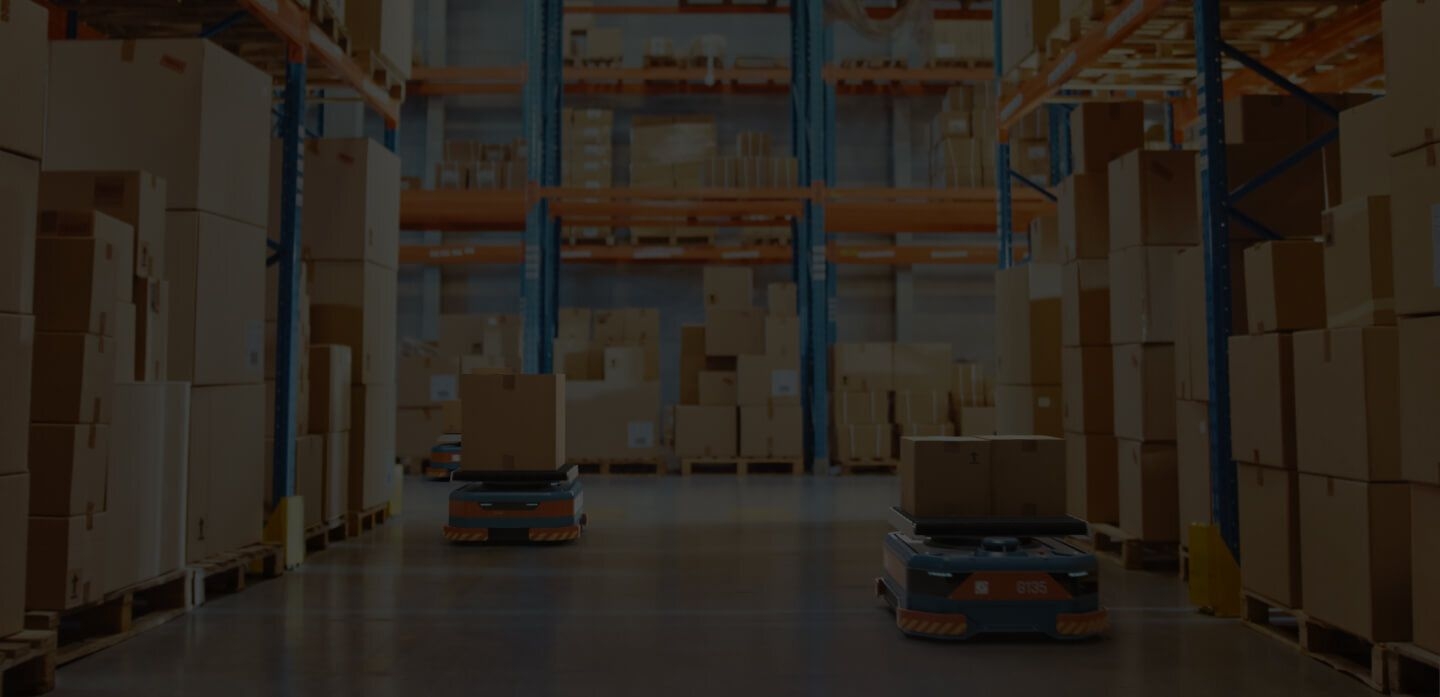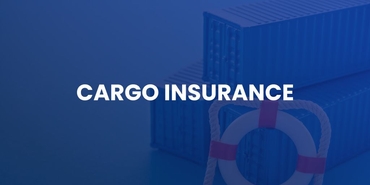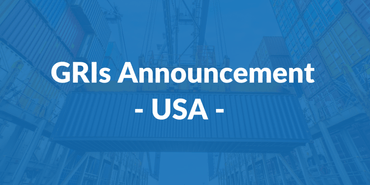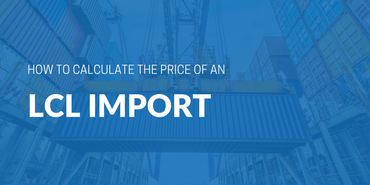
What is Landed Cost and How to Calculate It



![]()
Selling overseas is a great avenue for companies looking to gain a presence in new markets and reach new audiences. However, if you deal with imports and exports, you will know that you add to the price of doing business in your inventory analytics and financial reporting. Ie., if you purchase a product for $10, sell it for $20 and pay another 20$ in shipping expenses (for a single item), you lose money.
Landed cost is an unavoidable term for businesses involved in exporting or importing. Freight prices are usually rather significant so maintaining profit margins is a challenge that can be met by developing a fully realized product cost. That is, factoring in every single expense associated with the shipping of products.
Knowing how to do this will absolutely contribute to your company’s overall success, so let’s fill you in!
What is Landed Cost?
Landed cost - also referred to as landed price, net landed cost, total landed cost or total delivered cost - is the total price of a product up until it reaches the buyer’s doorstep. It determines how much it costs to source a single item shipped in a container up to the moment it is received by your customer.
It includes all specific prices associated with the shipping of every item, such as the original price of the product, shipment or transportation costs, customs, duties, taxes, insurance, crating, handling and payment fees and even currency conversion. All of this together will then allow you to define the correct sales price and establish a profit margin for each product.
Why is Landed Cost Important to Your Business?
Calculating your landed cost will benefit your business for a number of reasons:
- It allows you to correctly calculate profit on each unit you ship and so, it will give you a clear vision on your business’ performance.
- You will make sure you’re setting the most profitable price for each product. By knowing the true price of every item, you will be closer to establishing what price to sell them for and the maximum discount you can offer.
- You will gain a clear vision on your supply chain and all associated costs, which will then, in turn, allow you to identify where you can make savings.
- It is an absolute must in order to come up with accurate financial reports. You will be able to see accurate asset values and thus gain precise insight into your business’ monthly profit.
How is Landed Cost Calculated?
Figuring out your landed cost is no easy feat, but the consequences can be pretty substantial. If your estimate is too high, your sales figures may suffer due to pricing. If your estimate is too low, you could lose out on profit. Always remember to calculate your landed cost once you have all final figures.
The basic equation that allows calculation is the following:
Product + Shipping + Customs + Risk + Overhead = Landed Cost
Product
This is probably the most straightforward point to consider. It refers to the net price you pay your supplier for a single item and includes materials and components.
Shipping
If you have some experience in shipping, you will know well that every single aspect of the process has an associated cost. Aside from the price for freight itself, you also have to factor in fees related to handling or packing.
Customs
Customs requirements and fees are country-specific: every country has its own authority to monitor the goods that cross its borders. Therefore, customs agencies are in charge of collecting duties, tariffs, applicable taxes (VAT, for instance) and other fees.
Risk
This includes all costs associated to protecting your business, employees and customers. That is, whatever you’re paying for insurance, compliance and quality assurance.
Overhead
The final price of an export is related to operations: staff, due diligence cost and exchange rates, to name a few. All of these operation costs are included in overhead.
An Example of How to Calculate Landed Cost
Say your US-based company sells sneakers. You buy 250 sneakers at $10 each from your supplier - who is based in a different country - so the total price for your purchase is $2,500. Duty is set at 2 percent and total freight is $500; insurance is $100 and you pay $5 for every package sent to each customer. Although the whole transaction has been carried out in US dollars, you’re also charged a $2 payment processing fee per item.
Here is a recap of your net costs so far:
- Product: $10 per item
- Shipping: total cost of shipment is $500 for 250 items, so $2 per unit
- Customs: 2%, which is a total of $50 or $0.20 per item
- Risk: $5 for packaging per unit + $100 for insurance for 250 units, which is a total of $5.40 per item
- Overhead: $2 per unit
So, your landed cost is: $10 + $2 + $0.20 + $5.40 + $2 = $19.60
In this case, in order to break even you need to sell each pair of sneakers for $19.60 and increase this figure if you are to make a profit.
Inventory efficiency is a common pain point for companies’ bottom line and for businesses who export or import, it is mainly due to mistakes in calculating landed costs.
Although the example of how to calculate it in this article is set per item, it may be more useful to do it by batches. However, remember that this, added to any unexpected fees that may come up during shipping will sometimes result in fluctuations in your total landed cost, which is totally normal.
The key point to focus on for businesses in exporting and importing is to remember to track - as thoroughly as possible - any cost related to the sourcing and shipping of products so as to guarantee profitability.
Keeping an eye on fluctuations in shipping rates will also benefit your exporting and importing activities enormously. Take a look at how shipping rates have evolved in 2019!
Related Articles


